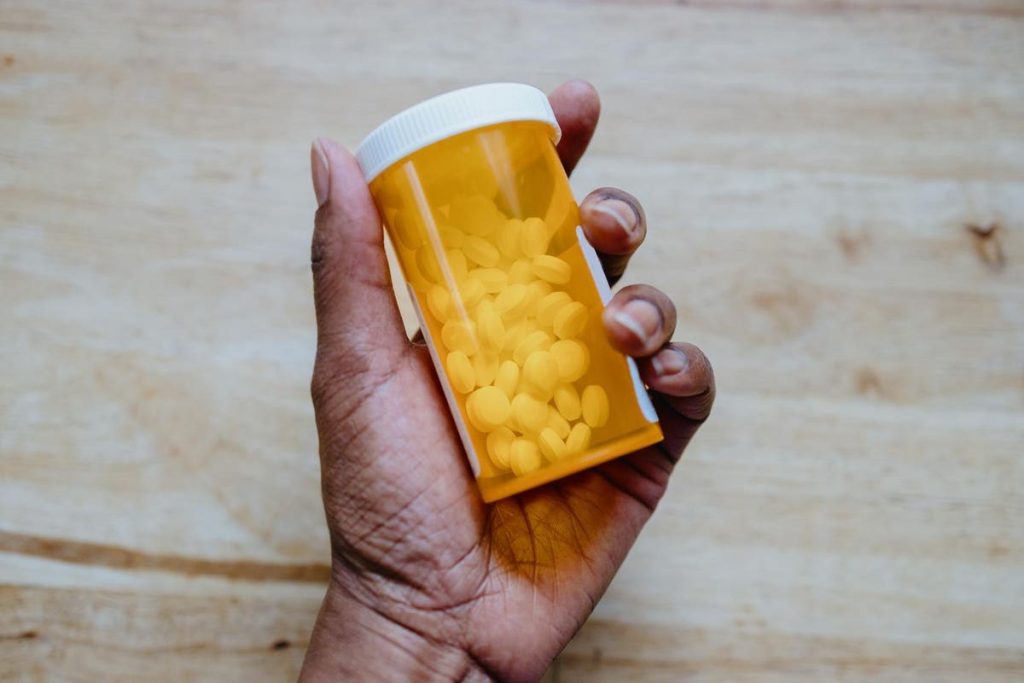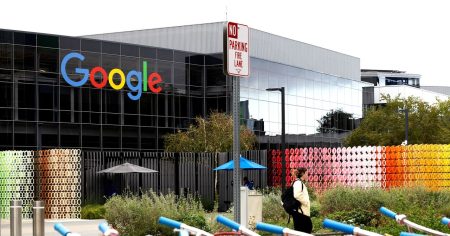Daniel Kraciun, Operations VP/CMO at Trust.med, ensuring the integrity of pharmaceutical product data in the global healthcare supply chain.
According to the World Health Organization, counterfeit drugs cause more than 1 million deaths per year.
The problem is particularly bad in the United States, as the country is the top producer of pharmaceuticals, accounting for around 39% of global output in 2016. But the sector is losing up to $162.1 billion in revenue every year due to counterfeit drugs.
Not only does this add up to billions in lost industry revenue, but it also results in an estimated loss of thousands of jobs and billions in tax revenues.
Finding The Fakes
When iconic music artist Prince died in 2016 from an accidental fentanyl overdose after taking what he thought was Vicodin for chronic hip pain, the counterfeit drug epidemic took center stage. Well before this, though, in 2013, the federal government enacted the Drug Supply Chain Security Act (DSCSA) to help keep counterfeit or contaminated drugs out of the supply chain.
Unfortunately, hundreds of thousands of grieving families are still experiencing the harsh reality of the counterfeit drug market. To show the degree of this issue, in the first nine months of 2021, law enforcement seized 9.5 million counterfeit prescription opioids—more than the prior two years combined. The DEA also reported an increase in pills containing fentanyl between 2019 and 2021.
A Matter Of Timing
When Congress passed the DSCSA, it gave the pharma industry a timeline of mandated actions. These actions include the implementation of a unique product identifier for serialization and verification, with full product serialization for tracking and tracing expected to be completed by November 2024.
These requirements represent a phenomenal amount of work, capped by a mandate that it all must be accessible via an interoperable electronic system.
The Race To Compliance
Given the steady drumbeat of news stories reporting deaths as a result of fake drugs, the entire industry is understandably anxious to meet the Fed’s November deadline.
To get there, a consortium of industry stakeholders and solution professionals have long been working to create a “blueprint” to help the pharma industry establish an interoperable exchange for the verification, tracking and tracing of all FDA-approved prescription drugs.
Essential to the goal of keeping dangerous fakes out of the pharma supply chain is end-to-end full transparency at every point along the manufacturing and distribution journey of any prescribed drug. This is not easy to achieve. Under DSCSA guidelines, partners in this interoperable exchange must have systems capable of:
• Verifying product identifiers at points all along the supply chain.
• Responding to regulator verification requests within 24 hours.
• Quarantining suspect drugs away from legitimate medications and conducting an investigation to determine at what point in the supply chain the suspect product entered.
• Notifying trade partners and the FDA within 24 hours when a drug is determined to be illegitimate.
Downstream Partners
Since manufacturers are required to serialize and label every drug with a scannable 2-D data matrix code that contains each drug’s serial number, lot number, global trade identification number (GTIN), national drug code number (NDC) and expiration date, all the rest of the pharma trade partners just need a scanner, right?
No, because it’s not enough to simply verify. Every trade partner must be sure that its own system is capable of not only receiving but also storing the data coming from manufacturers and other suppliers in the pharma supply chain.
In the case of distributors, that can mean dozens of manufacturers upstream and hundreds of pharmacies, hospitals, clinics and other drug dispensers downstream. For pharmacies, hospitals and clinics, their systems must also be capable of verifying that their suppliers—such as a compounding pharmacy—are authorized trading partners in good standing.
How To Meet The Deadline
As of yet, there is no universal system that manufacturers and their trading partners are using to come into compliance. Though much of the onus was initially placed on manufacturers—distributors, pharmacies, hospitals and other dispensers must also be ready for the deadline.
For any manufacturers or pharma trade partners working on their DSCSA-compliance systems, now is the time to:
• Create a plan for handling suspicious drugs and product recalls, as well as document the plan, make it easily available to employees and train them on it.
• Train employees specifically on DSCSA requirements and how they are expected to meet them.
• Test data exchange connections with every supplier and trade partner.
• Test for anomalies that could create costly and possibly catastrophic delays, including consistency of data and product, automated tools, accuracy of exception detection and speed of exception resolution.
• Verify that downstream trade partners are licensed and in good standing at the time of product change of ownership.
• Designate an exceptions manager or identify who will be responsible for handling exceptions.
Outsourcing As An Option
For those frustrated by technicalities, unprepared contractors or other obstacles to setting up systems, it’s not too late to outsource. (Full disclosure: I run a company that helps ensure the integrity of pharmaceutical product data in the supply chain.) An outsourced solution can remove the system administration burden and the cost of data storage and even manage connections and communications with trade partners.
When looking for an outsourcing partner, be sure they prioritize GS1 Electronic Product Code Information Services (EPCIS) connections; offer tools for EPCIS, product verification and exceptions management; have preconfigured and tested connections; and hold a proven track record of handling all required supply chain partner connections and communications.
The Countdown Is On
The 10-year DSCSA timeline recognized the daunting challenge for the pharma industry to achieve a digitized system of such magnitude and complexity. Even with a recent deadline extension, now is the time to implement, mature and integrate for compliance.
Forbes Business Council is the foremost growth and networking organization for business owners and leaders. Do I qualify?
Read the full article here










